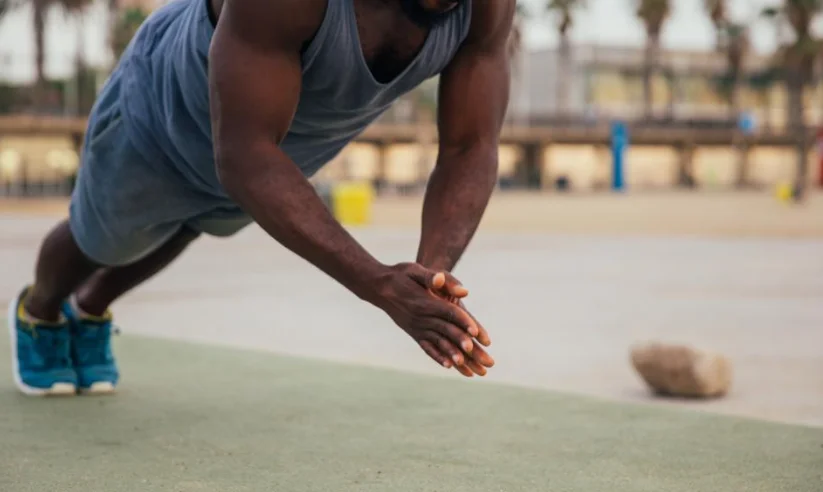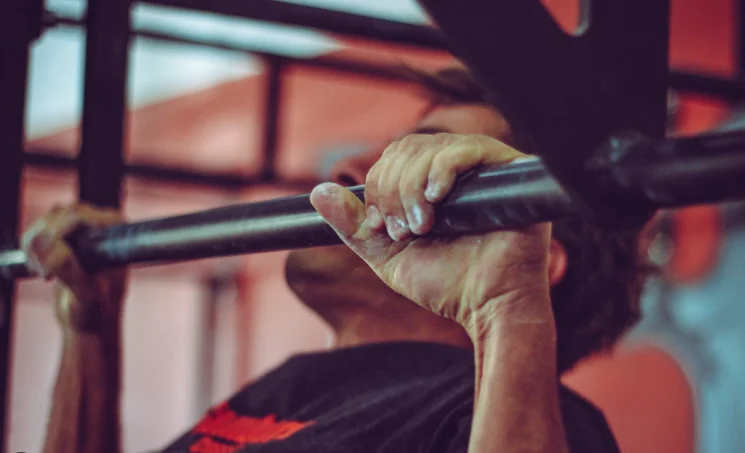
Core exercises are an essential part of any fitness routine, as they target the muscles in your abdomen, lower back, pelvis, and hips. Strengthening these core muscles provides numerous benefits to your body, from improved stability and balance to a reduced risk of injury during physical activities. In this article, we will delve into the significance of core exercises and explore the best ways to work your core effectively.
What are the benefits of core exercises?
This exercises offer a multitude of benefits for overall health and fitness. First and foremost, they are instrumental in improving core strength and stability, which is crucial for maintaining proper posture and body alignment. Additionally, a strong core contributes to better balance and coordination, making daily activities easier and reducing the risk of falls or injuries.
How do core exercises improve core strength and stability?
Core exercises specifically target the muscles of the abdomen, lower back, and pelvis, such as the rectus abdominis, transverse abdominis, and obliques. By engaging in core exercises, these muscles are worked and strengthened, leading to improved core stability and the ability to support the spine and pelvis. This, in turn, helps in maintaining a strong and stable core which is essential for overall body strength and proper posture.
What are the best core exercises for building strength?
There are numerous effective core exercises that can help build strength in your core muscles. Planks, for instance, are highly recommended as they engage multiple muscle groups simultaneously, including the abdominals, obliques, and glutes. Other exercises such as Russian twists, bicycle crunches, and leg raises also target the core effectively, aiding in building strength and endurance.
How do bodyweight core exercises benefit the body?
Bodyweight core exercises have gained popularity for their convenience and effectiveness. These exercises utilize your body’s own weight as resistance, offering a challenging workout for your core muscles without the need for additional equipment. They not only improve core strength and stability but also enhance overall body control and balance, making them a valuable addition to any fitness routine.
How can I effectively work my core?
When it comes to effectively working your core, proper technique and form are paramount. One of the most beneficial core exercises is the plank, which requires you to maintain a straight line from your head to your heels while engaging your core throughout the exercise.

What is the proper technique for performing a plank?
To perform a plank, start in a push-up position, with your elbows bent and directly beneath your shoulders. Keep your body in a straight line from head to heels, engaging your core to lift and support your body. Hold this position for a specific duration, ensuring that your core remains engaged throughout the exercise.
How do side planks help in strengthening the core?
Side planks are another effective exercise for strengthening the core, particularly targeting the obliques. To perform a side plank, lie on your side and prop yourself up on your elbow and forearm, maintaining a straight line from head to heels. This exercise engages the muscles on the side of your core, contributing to overall core stability and strength.
What are the best core workouts to improve core stability?
Core stability can be improved through various workouts including exercises that target the deep core muscles such as the transverse abdominis. Pilates and yoga movements that focus on core engagement and control can significantly enhance core stability, leading to better overall body balance and support.
What are the common mistakes to avoid during core exercises?
Engaging your core effectively during exercises is essential to maximize the benefits and prevent potential injuries. Common mistakes such as improper posture and neglecting core engagement can hinder the effectiveness of core exercises and may lead to discomfort or strain.
How can I engage my core effectively during exercises?
To engage your core effectively, focus on drawing your navel in towards your spine, as if you are zipping up a tight pair of pants. This action ensures that your core muscles are activated and working throughout the exercise, providing the necessary support and stability for your body.
What is the correct posture for performing core exercises?
Maintaining the correct posture is crucial during core exercises to ensure that the targeted muscles are effectively worked. It is important to keep your spine in a neutral position, avoiding excessive arching or rounding of the back, which can alleviate stress on the lower back and pelvis.
How do lower back and pelvis position affect core workouts?
The position of the lower back and pelvis greatly influences the effectiveness of core workouts. Proper alignment of the pelvis and maintaining a neutral spine are essential for engaging the core muscles optimally and preventing undue strain on the lower back. Incorrect alignment can compromise the benefits of core exercises and increase the risk of injury.
What are the best core exercises for beginners?
For individuals who are new to core exercises, it’s important to start with gentle and beginner-friendly workouts to gradually build strength and stability in the core muscles.
What are the recommended core exercises for someone starting a workout routine?
Recommended core exercises for beginners include modified planks, knee-to-chest exercises, and pelvic tilts. These exercises provide a gentle introduction to core work, focusing on building foundational strength before progressing to more challenging movements.
How can beginners start with bodyweight core exercises?
Bodyweight core exercises such as bird dogs and bridges are ideal for beginners, as they engage the core muscles without placing excessive strain on the lower back. These exercises allow individuals to develop core strength in a controlled and sustainable manner, preparing them for more advanced workouts.
What are some core exercises that are gentle on the lower back?
For individuals with lower back sensitivity, exercises such as pelvic tilts and gentle leg raises are beneficial as they target the core without placing excessive pressure on the lower back. It’s crucial for beginners to prioritize proper form and gradually progress to more challenging exercises as their core strength improves.

How do core exercises contribute to overall fitness?
Core exercises play a fundamental role in enhancing overall fitness by improving posture, stability, and body alignment. A strong core not only supports the spine and pelvis but also facilitates efficient movement and reduces the risk of injury during physical activities.
How do core exercises impact body posture and alignment?
Engaging in core exercises leads to better body posture and alignment, as the core muscles provide the necessary support for the spine and pelvis. Improved posture not only enhances physical appearance but also reduces the likelihood of developing muscular imbalances or discomfort due to poor alignment.
What role does a strong core play in minimizing the risk of injury during physical activities?
A strong core acts as a stabilizing force during physical activities, reducing the strain on other muscle groups and joints. By maintaining proper body alignment and stability, core exercises help in minimizing the risk of injury, particularly during movements that require strength and coordination.
How do core exercises complement other parts of an exercise routine?
Core exercises complement other aspects of an exercise routine by providing a solid foundation for overall body strength and stability. A strong core enhances the effectiveness of workouts targeting different muscle groups, contributing to improved athletic performance and functional movement in various activities.



